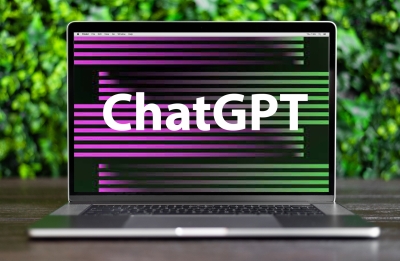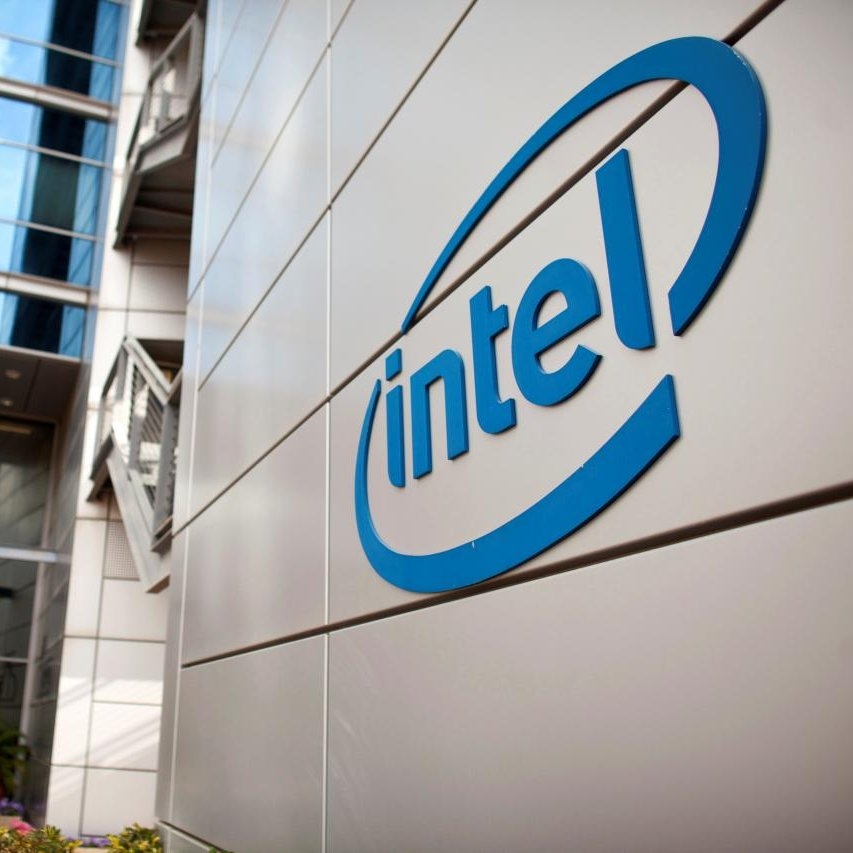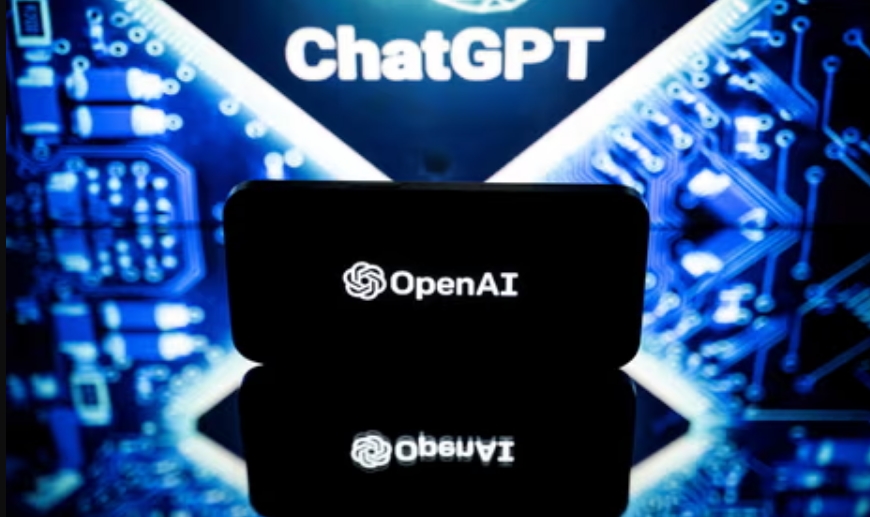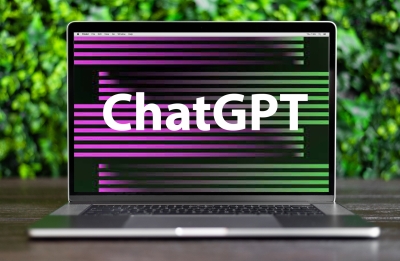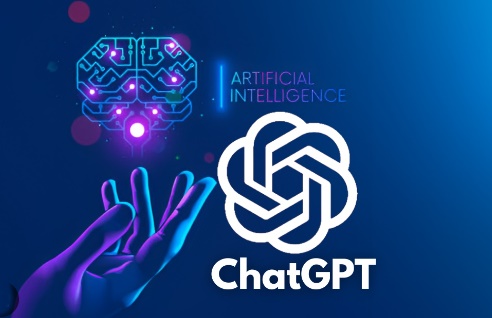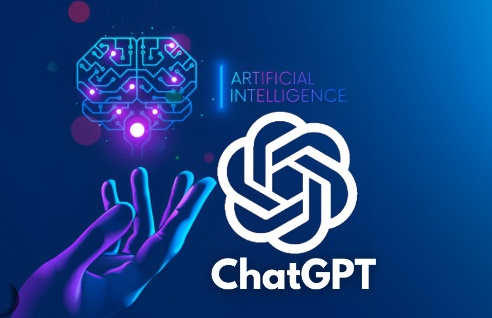The three key areas of concentration include: enhancing student success, forging new avenues for innovative research and streamlining organisational processes…reports Asian Lite News
Arizona State University (ASU) in the US and OpenAI have announced a partnership to bring ChatGPT into the classrooms. The university became the first higher education institution to collaborate with OpenAI, the AI research and deployment company behind ChatGPT.
Starting in February, ASU will invite submissions from faculty and staff to implement the innovative uses of ChatGPT Enterprise.
The three key areas of concentration include: enhancing student success, forging new avenues for innovative research and streamlining organisational processes.
“By providing access to advanced AI capabilities, these tools are levelling the playing field, allowing individuals and organisations – regardless of size or resources – to harness the power of AI for creative and innovative endeavours,” said Lev Gonick, ASU Chief Information Officer.
The collaboration between ASU and OpenAI brings the advanced capabilities of ChatGPT Enterprise into higher education, setting a new precedent for how universities enhance learning, creativity and student outcomes.
“Our collaboration with OpenAI reflects our philosophy and our commitment to participating directly in the responsible evolution of AI learning technologies,” said ASU President, Michael M. Crow.
The platform prioritises user privacy, employing enterprise-grade security measures to safeguard user data. These measures are meticulously designed to protect against digital threats, providing a secure environment to utilise the platform’s functionalities, said the university. “Learning is core to why so many users love ChatGPT. ASU continues to lead in innovation by integrating ChatGPT into its educational programmes,” said OpenAI Chief Operating Officer Brad Lightcap.
“We’re keen to learn from ASU and to work towards expanding ChatGPT’s impact in higher education.”
ALSO READ-Wayfair to Cut 13% of Global Workforce

